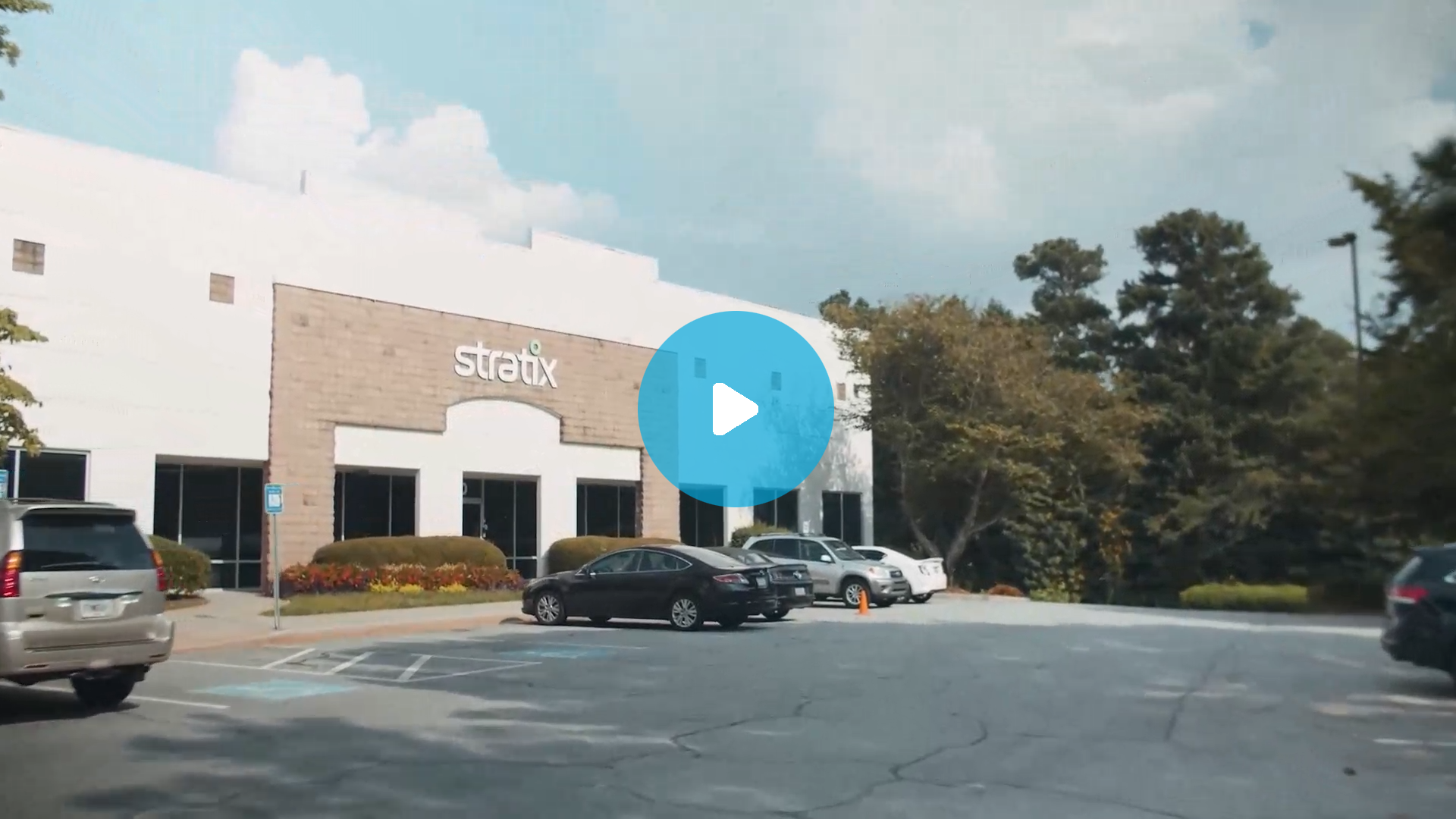Transforming Your Mobile Ecosystem with Android
There are a number of challenges that IT leaders and decision makers must grapple with to stay current and successful in the modern enterprise environment. While problems such as struggling to recruit and retain skilled professionals or deploying new technology securely may have considerable impact, perhaps no challenge is as difficult to master as the unyielding pace of constant, rapid change. Future-proofing your business simply isn’t an option in this landscape – especially when it comes to modern mobile technology like Google’s Android ecosystem of devices, apps and services.
Achieving this may be easier said than done depending on where your specific business exists on the spectrum of mobile technology maturity. Of course, if you’re unaware of where you’d rank, it’s likely you’re on the “lagging” end of said spectrum. The good news is that there are six key steps you can take to improve your mobile maturity with Android and equip your business with what you need to effectively enact digital transformation.
- Move away from outdated legacy systems – Whether you’re being slowed down by ancient, barely supported operating systems and hardware or even a paper-based operational solution with high risk for human error, it’s critical to transition to an enterprise-grade mobile technology solution like Android-based devices for safety, support and ease of use for your personnel.
- Invest in managed mobile services – Transitioning from legacy or manual systems to the full ecosystem of Android devices, services and vendors is no small task. Only an experienced mobility expert can handle the moving pieces, vendors and service providers involved from pilot to rollout.
- Make device enrollment effortless – Google Zero-Touch is an official Android Enterprise Recommended device deployment mechanism that streamlines the process to enroll Android devices into enterprise management. Find an authorized Google Zero-Touch reseller partner that can provide direct support and services to enable you to fully utilize the Google Zero-Touch technology for your end users.
- Focus on the end-user experience – No technology rollout can be successful without true end-user adoption. That adoption isn’t possible unless your rollout is defined by how easy and intuitive it is to use from Day One.
- Pivot to a more agile and specialized support solution – The sheer scale of devices, apps and users in the field is often overwhelming for a typical desktop IT support team to handle. Comprehensive day-2 support requires specialized skills that can keep devices in the field longer without disruptions to productivity.
- Leverage mobility partners – Transitioning to Android requires partners well-versed in the latest technologies and well-equipped to help you manage every aspect of your mobile program and transform your business through a single platform across the enterprise. Look for partners within the Android Enterprise Recommended ecosystem for optimal managed mobility.
To learn more about empowering workforces with mobile devices, check out our enterprise mobility masterclass series.









